What Does Endoscopic Surgery Mean ?
Endoscopic surgery, also known as minimally invasive surgery, is a medical procedure that utilizes an endoscope to visualize and operate on internal organs and structures. An endoscope is a flexible tube with a light and camera attached to it, which allows the surgeon to see inside the body without making large incisions. Instead, small incisions or natural body openings are used to insert the endoscope and other surgical instruments. This approach offers several advantages over traditional open surgery, including reduced trauma to the body, less pain, faster recovery, and smaller scars. Endoscopic surgery is commonly used in various medical specialties, such as gastroenterology, urology, gynecology, and orthopedics, to diagnose and treat a wide range of conditions.
1、 Minimally invasive surgical technique using an endoscope for visualization.
Endoscopic surgery, also known as minimally invasive surgery, is a surgical technique that utilizes an endoscope for visualization. An endoscope is a thin, flexible tube with a light and camera attached to it, which allows surgeons to see inside the body without making large incisions. This approach offers several advantages over traditional open surgery, including smaller incisions, reduced pain and scarring, shorter hospital stays, and faster recovery times.
During an endoscopic procedure, the endoscope is inserted through a small incision or a natural body opening, such as the mouth or anus, and guided to the surgical site. The camera on the endoscope provides high-definition images of the internal organs or structures, allowing the surgeon to navigate and perform the necessary surgical interventions. Specialized surgical instruments can also be inserted through additional small incisions to carry out procedures such as cutting, suturing, or removing tissue.
Endoscopic surgery has revolutionized many medical specialties, including gastroenterology, urology, gynecology, and orthopedics. It has become a preferred technique for various procedures, such as gallbladder removal, hernia repair, joint surgeries, and even certain cancer treatments. The benefits of endoscopic surgery are particularly evident in terms of patient outcomes and satisfaction.
In recent years, advancements in technology have further enhanced the capabilities of endoscopic surgery. High-definition cameras, 3D imaging, and robotic-assisted systems have improved visualization and precision, allowing surgeons to perform complex procedures with greater accuracy. Additionally, the development of flexible endoscopes has expanded the range of accessible areas within the body, enabling surgeons to reach previously challenging locations.
Overall, endoscopic surgery has transformed the field of surgery by providing a less invasive alternative to traditional open procedures. As technology continues to advance, it is expected that endoscopic techniques will become even more sophisticated, leading to further improvements in patient care and surgical outcomes.

2、 Procedure involving insertion of a flexible tube with camera.
Endoscopic surgery refers to a minimally invasive procedure that involves the insertion of a flexible tube with a camera, known as an endoscope, into the body. This technique allows surgeons to visualize and operate on internal organs and structures without the need for large incisions. The endoscope is equipped with a light source and a camera that transmits real-time images to a monitor, enabling the surgeon to navigate and perform the procedure with precision.
The use of endoscopic surgery has revolutionized the field of medicine, offering numerous advantages over traditional open surgery. By avoiding large incisions, patients experience less pain, reduced scarring, and a faster recovery time. Additionally, endoscopic surgery often results in fewer complications and a lower risk of infection.
The applications of endoscopic surgery are vast and continue to expand. It is commonly used in gastrointestinal procedures, such as colonoscopy and upper endoscopy, to diagnose and treat conditions like polyps, ulcers, and tumors. Endoscopic surgery is also utilized in urology, gynecology, orthopedics, and neurosurgery, among other specialties.
Advancements in technology have further enhanced the capabilities of endoscopic surgery. For instance, the development of high-definition cameras and 3D imaging systems provides surgeons with a clearer and more detailed view of the surgical site. Additionally, the introduction of robotic-assisted endoscopic surgery has allowed for even greater precision and dexterity.
In conclusion, endoscopic surgery is a procedure involving the insertion of a flexible tube with a camera into the body. It has revolutionized the field of medicine by offering minimally invasive alternatives to traditional open surgery. With ongoing advancements in technology, endoscopic surgery continues to evolve, providing patients with safer, more effective, and less invasive treatment options.
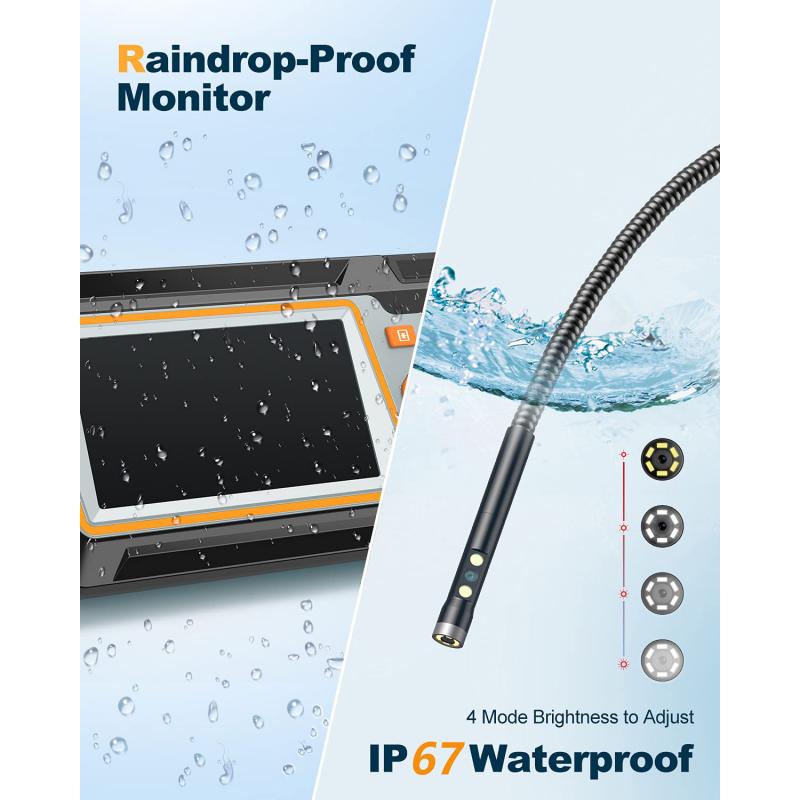
3、 Surgical method utilizing a small camera for internal examination.
Endoscopic surgery, also known as minimally invasive surgery, is a surgical method that utilizes a small camera called an endoscope to examine and operate on internal organs and structures. The endoscope is a flexible tube with a light and a camera attached to it, which allows surgeons to visualize the inside of the body without making large incisions.
During an endoscopic procedure, the endoscope is inserted through a small incision or a natural body opening, such as the mouth or anus. The camera captures high-definition images of the internal organs, which are displayed on a monitor in the operating room. This real-time visualization enables surgeons to navigate and perform precise surgical interventions.
The benefits of endoscopic surgery are numerous. Firstly, it minimizes the need for large incisions, resulting in reduced trauma to the body and less postoperative pain. Additionally, the smaller incisions lead to faster recovery times and shorter hospital stays for patients. The risk of infection is also lower compared to traditional open surgery.
Endoscopic surgery can be used in various medical specialties, including gastroenterology, urology, gynecology, and orthopedics. It is commonly employed for procedures such as gallbladder removal, appendectomy, hernia repair, and joint surgeries.
In recent years, there have been advancements in endoscopic technology, leading to improved visualization and surgical capabilities. For example, high-definition cameras and three-dimensional imaging systems provide surgeons with enhanced depth perception and better accuracy. Additionally, robotic-assisted endoscopic surgery is becoming more prevalent, allowing for even greater precision and dexterity.
Overall, endoscopic surgery has revolutionized the field of surgery by offering a less invasive alternative to traditional open procedures. It continues to evolve and improve, enabling surgeons to provide patients with safer and more effective surgical interventions.

4、 Medical approach using a thin, lighted instrument for visualization.
Endoscopic surgery, also known as minimally invasive surgery, is a medical approach that utilizes a thin, lighted instrument called an endoscope to visualize and perform surgical procedures. The endoscope is inserted into the body through small incisions or natural body openings, allowing surgeons to access and treat internal organs and structures without the need for large incisions.
The endoscope consists of a long, flexible tube with a light source and a camera attached to its tip. This enables surgeons to view high-definition images of the surgical site on a monitor, providing a clear and magnified view of the area being operated on. The endoscope may also have additional channels to introduce surgical instruments for procedures such as cutting, suturing, or removing tissue.
The benefits of endoscopic surgery are numerous. Firstly, it minimizes trauma to the body as it requires smaller incisions, resulting in less pain, reduced scarring, and faster recovery times compared to traditional open surgery. Additionally, the risk of complications, such as infection and bleeding, is significantly reduced. Endoscopic surgery also allows for better visualization of hard-to-reach areas, leading to more precise and accurate surgical interventions.
In recent years, there have been advancements in endoscopic surgery techniques and equipment. For example, robotic-assisted endoscopic surgery has emerged, where robotic arms are used to manipulate the endoscope and surgical instruments with enhanced precision and dexterity. This technology allows surgeons to perform complex procedures with improved accuracy and control.
Furthermore, the development of miniaturized endoscopes has expanded the applications of endoscopic surgery. These smaller endoscopes can be used to access narrow and delicate structures within the body, such as the sinuses or the gastrointestinal tract.
Overall, endoscopic surgery has revolutionized the field of surgery by providing a less invasive and more effective approach to treating various medical conditions. As technology continues to advance, it is expected that endoscopic techniques will become even more sophisticated, enabling surgeons to perform increasingly complex procedures with improved outcomes for patients.




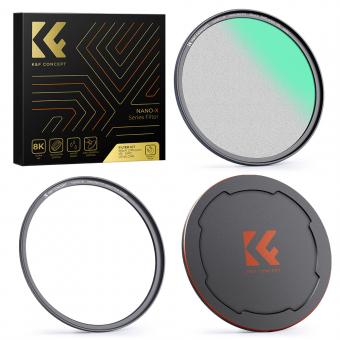


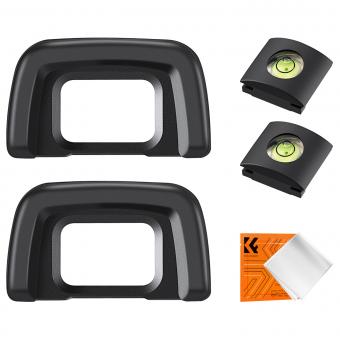
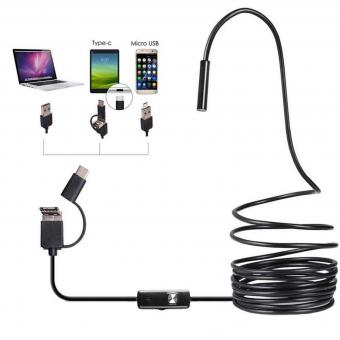

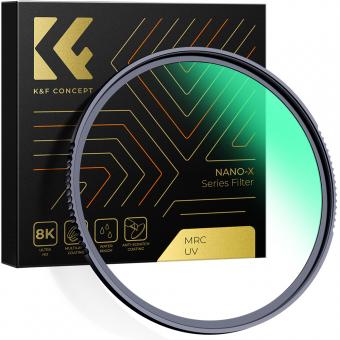


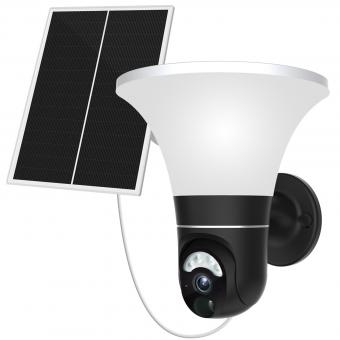
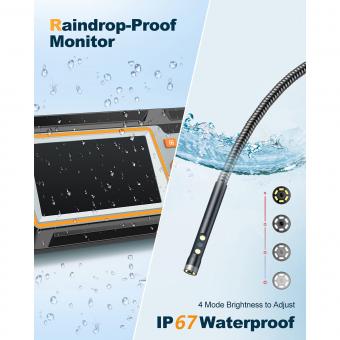

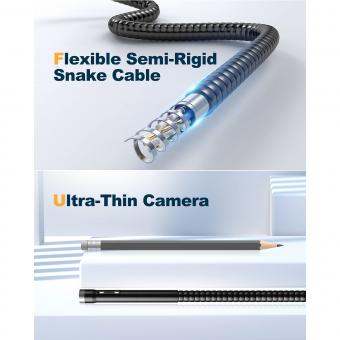














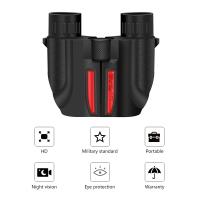


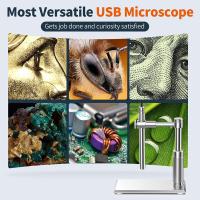






There are no comments for this blog.